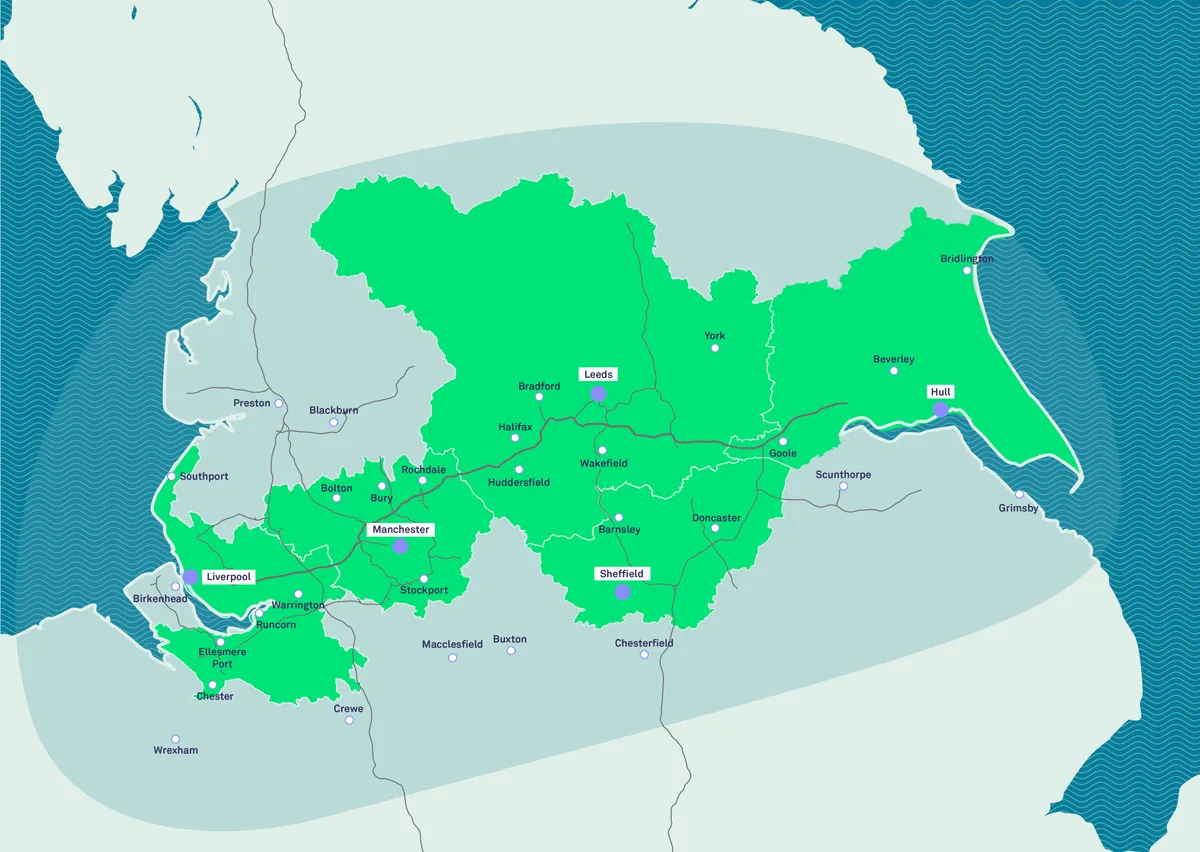Plans for a vast Northern Forest that will run from the Humber to the Mersey have been backed by the government. Supporters say it will deliver significant environmental, social and economic benefits – though cautionary voices argue it risks diverting attention from the wider damage to the countryside caused by development and some areas most in need of woodland could miss out.

Around 50m trees will planted along a spine of land running for 120 miles from Hull to Liverpool, spreading north and south from the M62 and embracing the cities of Leeds, Chester, Manchester and Sheffield.
- Britain’s best and most spectacular forests and woodlands
- Britain's best forest and adventure camps for children
- Why everyone can benefit from heading into the woods
The price tag has been put at £500m: in January the government announced it would provide £5.7m towards the scheme, though this is not a government initiative. The Woodland Trust, which leading the project, along with community forests of the north of England, is providing £10m. The remainder is still to be raised.
The first plantings will take place in March at the Woodland Trust Smithills site, Bolton and involve oaks, spruce and pine.
Supporters say the forest will reverse a dramatic and long-term decline in woodland cover in the UK. Only 700 hectares of woodland were planted in 2016, against a government target of 5,000 hectares a year.
Woodland cover in the north of England is 7.6 per cent, compared with the UK average of 13 per cent (the figure in Wales is 10 per cent; in Scotland 15 per cent) and an EU-wide average of 44 per cent.
There is also a precedent in the shape of the National Forest, which has transformed nearly 52,000 hectares of industrial land in the Midlands with 8.5 million trees over the past 28 years.
Key benefits of the Northern Forest would include an improvement in urban air quality; the reduction of flood risks in key catchment areas – potentially mitigating the risk for 190,000 homes; an increase in tourism – put at £25bn; and easier access to countryside with the physical and mental health benefits this can bring.
The intention is that around two million trees a year would be planted over a 25-year period, many of which will have to be grown from nurseries.
The project has been welcomed in principle by organisations as diverse as Friends of the Earth and the Country Land & Business Association (CLA). The CLA says the project would need the correct regulatory and planning framework so that landowners and farmers could make the most of the commercial opportunities the forest would offer such as timber production and eco-tourism.
However the forest will be planted at a time and in an area where 650,000 new homes and £75b of hard infrastructure are planned. While the forest is being planted, up to 100 ancient woodlands will be destroyed to make way for the HS2 rail project. 'You simply can't compare the biodiversity value of new sticks in the ground with ancient forest,' said Paul de Zylva of Friends of the Earth.
The Open Spaces Society says the woods must enjoy full public access with the creation of new permanent paths and dedicated access land and village greens. Another issue is that the focus of the plantings appears to be on river valley and conurbations, which risks leaving many of the Pennine hills as treeless as they are now.
Austin Brady, director of conservation at the Woodland Trust, recognises the potential pitfalls and says the scheme will be no ‘flash in the pan’ and that the choice of tree species will be informed. "We will clearly need a variety of new woodland types, with those focused on biodiversity complemented by others that are designed to lock up carbon efficiently or produce timber to support rural business. We are not chasing success at any price," he says. "There will be little point investing so much energy and resources in new woodland if our existing woods are disappearing."

